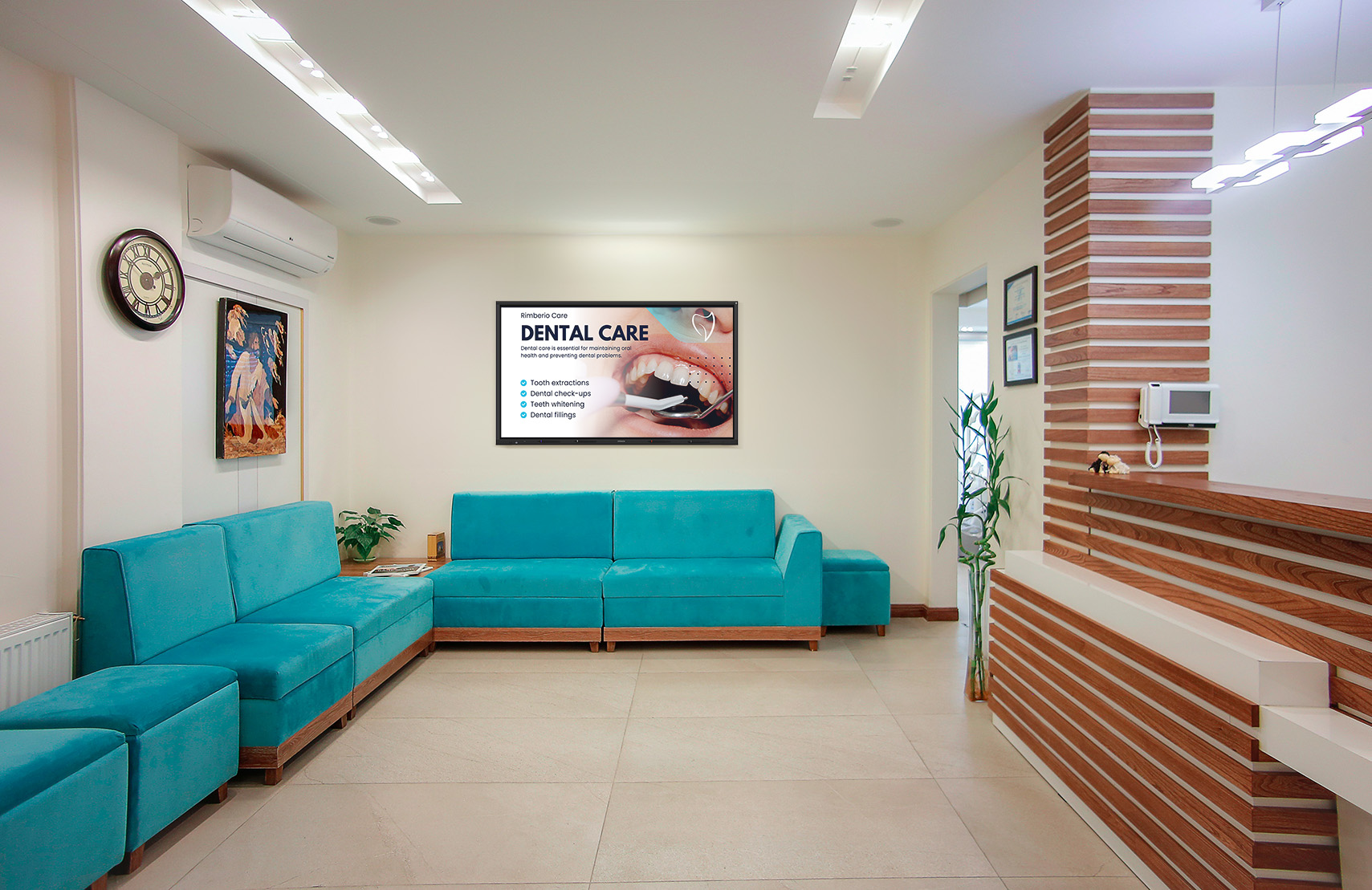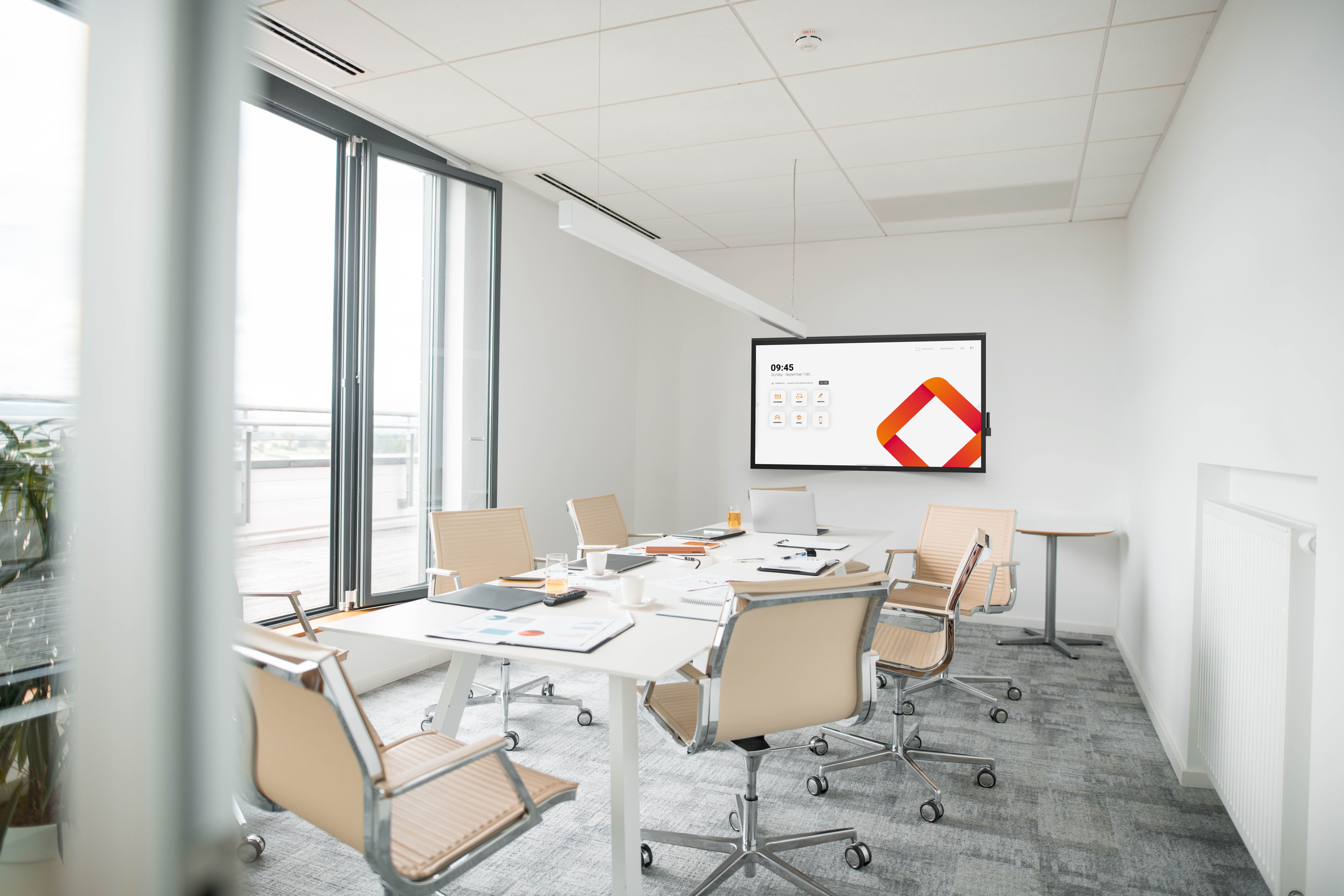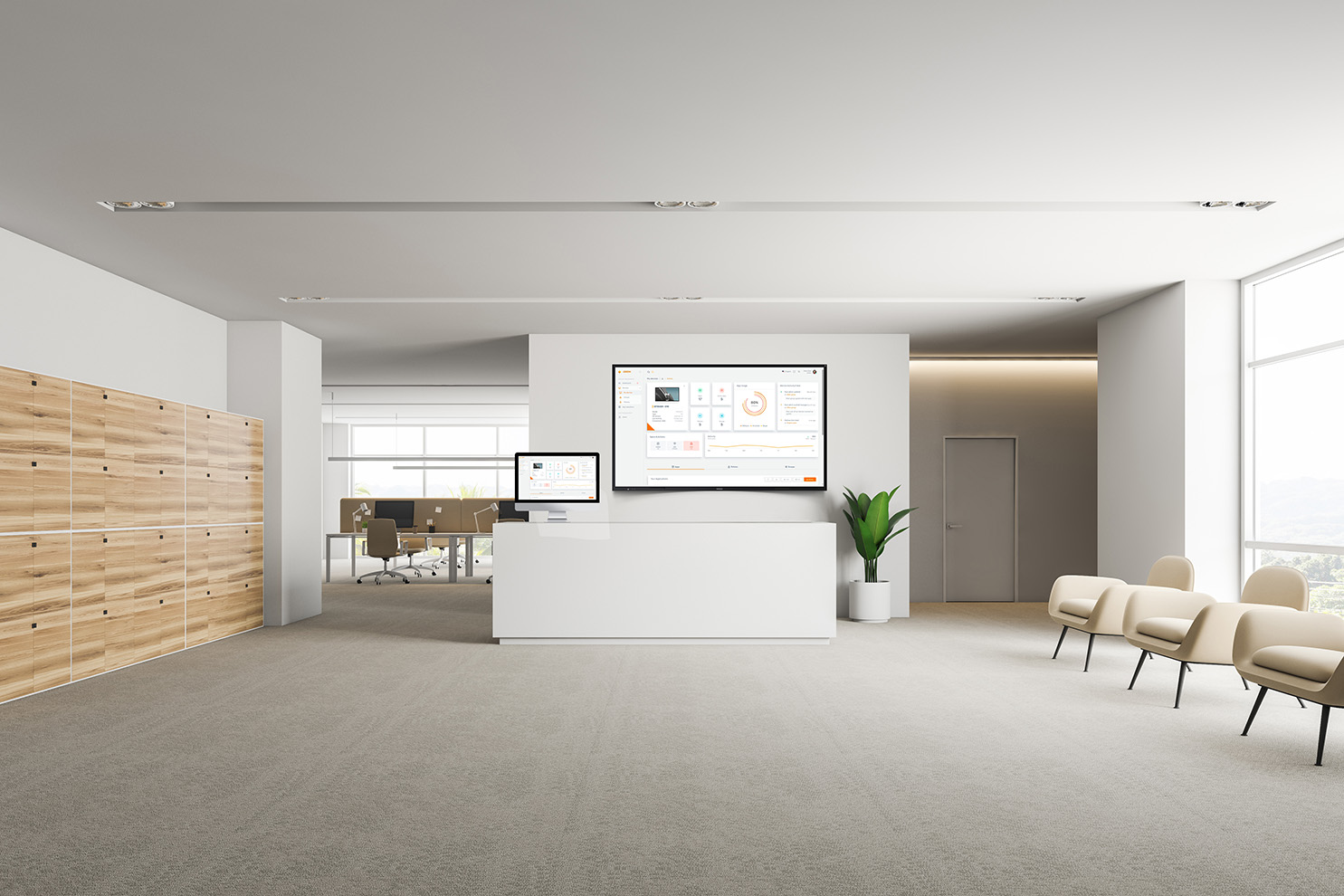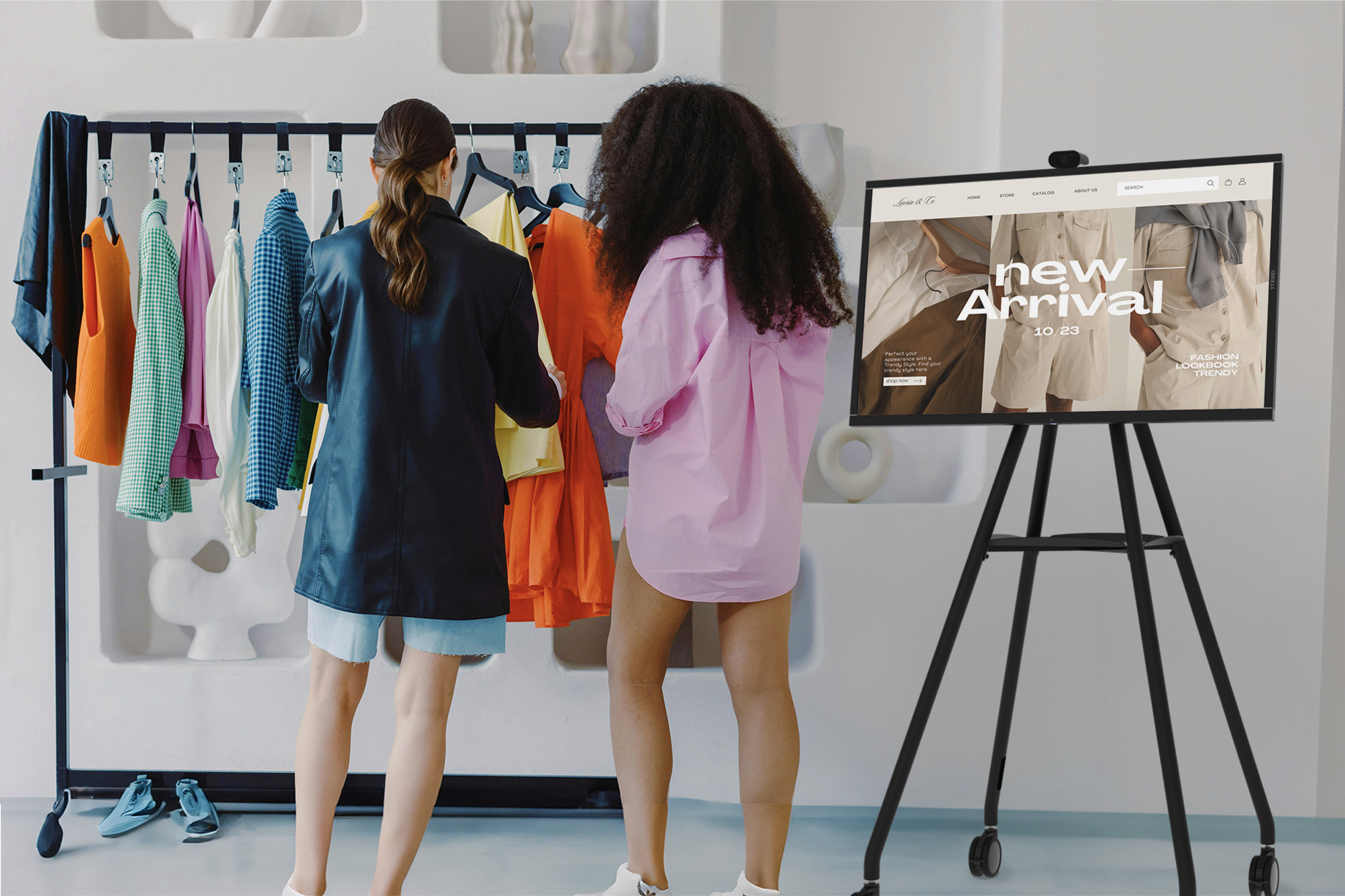Touch Technology in Architecture: Designing Spaces that Exceed User Expectations
In the world of architecture, rapid evolution is the new norm, fueled by recent technological advancements and a shift towards hybrid or remote environments. As these trends accelerate, user expectations also rise—they want to accomplish more because they know more is possible.
Architects who anticipate the future and design with an understanding of these demands will create spaces that resonate on a deeper level. Just as an impeccably tailored outfit leaves a lasting impression, perfectly designed spaces linger in the mind long after they are experienced. Failure to deliver and the memory of disappointment can overshadow everything else.
The stakes are high, and the goal is clear: deliver seamless experiences that are as unforgettable as they are intuitive.
Touch technology: a new must in the architect’s approach
Touch technology is no longer a futuristic idea. From the outset of the design process, integrating touchscreens ensures that every space not only meets but surpasses the demands of digital interaction and collaboration.
Early adoption allows architects to innovate boldly, transforming mundane interactions into dynamic engagements and making spaces more functional, sustainable, and aligned with modern aesthetics. From there, touchscreens will power efficient workflows and foster a culture of collaboration that can turn any meeting room, classroom, or public space into a hub of innovation.
Looking ahead, the promise of interactive screens includes enhanced collaboration, better visual support, multifunctional use, and greater flexibility—qualities that can revolutionize how we use and perceive spaces.
A touch-enabled space for every location
Touchscreens integrate seamlessly into a variety of architectural spaces, enhancing functionality and user experience:
Waiting rooms: provide real-time updates and news, keep visitors engaged and informed; offer interactive directories and showcase services dynamically.

Meeting rooms: enhance collaboration with features like whiteboarding, annotation, wireless presenting, and Bring-Your-Own meeting via Microsoft Teams or Zoom Rooms with built-in cameras and sound.

Classrooms: leverage interactive whiteboards that make lessons engaging and integrate digital content fluidly; enable collaborative group projects with capabilities for simultaneous inputs and participation.

Company reception areas: offer touch-enabled check-in systems, facility directories, company information, and more to expedite visitor registration, offer guidance, and enhance first impressions.

Event sites: facilitate interactive agendas and sitemaps, equip speaker podiums or breakout rooms with touchscreens to allow easy navigation, management, and sharing of multimedia, brainstorming session materials, and audience interaction.

Retail spaces: enable self-service ordering and provide detailed product information, enhance customer independence, experiment with virtual try-on and customization features via touch displays and create interactive shopping experiences.

And more!
How Zeeman transforms their global workplace with touch tech
Zeeman, a well-known name in the Netherlands, is a European retailer with approximately 1300 stores in the Netherlands, Belgium, Luxembourg, Germany, Austria, France, and Spain. Virtual meetings and digital collaboration are essential with about 10,000 colleagues across different countries and time zones. While undergoing an office transformation, Zeeman upgraded their meeting room technology to make it easier for colleagues to connect, collaborate, and engage.
When Zeeman HQ decided to renovate their building, the Facility Manager at Zeeman opted for a streamlined solution. Together with Ricoh and Ruitech, Zeeman equipped their meeting rooms with the i3TOUCH and a Poly X50 camera.
Curious to learn more? Watch the video case or read the full study.
Let’s set the new standard in architecture
Touch technology is a powerful tool for architects to craft innovative, functional, and beautiful spaces. The integration of this technology is not just about keeping pace with current trends but about setting the stage for future innovations.
With each project, architects can leverage touch technology to create more engaging, efficient, and sustainable environments. Let’s not just meet the standard; let’s set new ones.

